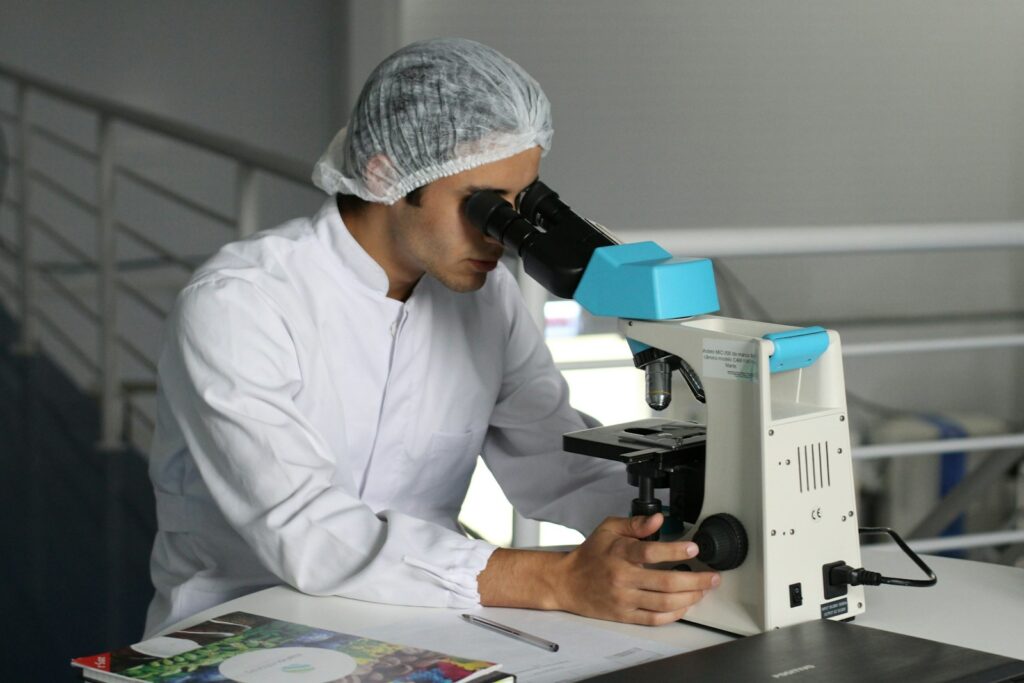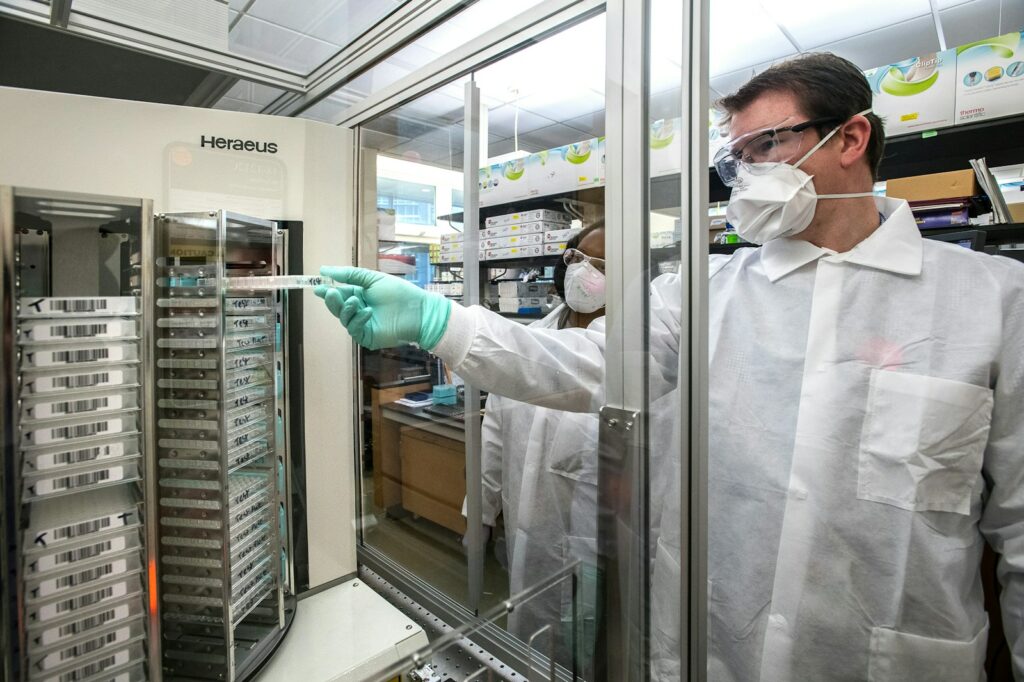Quality is not a box to tick.
It’s a lever to accelerate, secure, and enhance the value of your projects.
In this first episode of our 3-part series, we explain how GLP, ISO 17025 and ISO 10993 can work together — not as separate constraints, but as complementary frameworks that strengthen the reliability of your in vitro studies.
GLP: The regulatory backbone of preclinical safety studies
The Good Laboratory Practices (GLP) are not optional. They are regulatory requirements established by the OECD and enforced by authorities such as the ANSM, FDA, and EMA.
Objective: Guarantee full traceability, integrity, and reliability of data at every step.
Why does this matter for you?
- A GLP-compliant study is auditable: every result can be traced, verified, and proven.
- Without GLP, the risk of costly delays — or even rejection — during submissions or inspections is very real.
Concrete example: A poorly documented safety study can result in months of delay. Under a daily GLP environment, this risk is fully controlled.

ISO 17025: Demonstrating technical competence
Unlike GLP, ISO 17025 is a voluntary standard. But it is widely recognized in cosmetics, chemistry, and food industries. It certifies a laboratory’s technical competence and the reliability of its results.
Key benefits for your projects:
- Validated methods and controlled equipment = precise and reproducible results.
- Fewer repeat tests = better cost and timeline management.
At GenEvolutioN, we apply ISO 17025 alongside GLP, or for exploratory and R&D studies that fall outside strict regulatory frameworks.
ISO 10993: The reference for medical devices
The ISO 10993 family provides the international framework for the biological evaluation of medical devices — covering cytotoxicity, irritation, sensitization, and genotoxicity.
Why integrate it from the start?
- It complements the EU Medical Device Regulation (2017/745).
- It defines methods, interpretation criteria, and validation conditions.
- A poorly designed study = extra costs and repeated testing.
At GenEvolutioN, we integrate ISO 10993 early in the study design, in synergy with GLP and ISO 17025.

An integrated approach: Results without compromise
In reality, few projects fit into a single box.
Example: A cytotoxicity test may be:
- Required under ISO 10993-5 (method),
- Conducted under GLP (integrity, traceability, mutual recognition),
- Framed within ISO 17025 (technical competence).
Our strength at GenEvolutioN? Connecting these frameworks intelligently, without overloading the process — and adapting the level of compliance to your scientific and regulatory context.
For you, this means:
- Coherent documentation → less time wasted searching for regulatory or scientific details.
- Full data traceability and integrity → results ready for inspections.
- Mutually recognized quality (GLP MAD), no matter the final use of the data.
Our philosophy at GenEvolutioN
Quality is not a burden. It’s an efficient, collaborative tool that supports:
- The design of your studies
- Their execution
- Their documentation
- Their defense before authorities
Our mission: enable you to focus on innovation, without worrying about scientific or regulatory risks.
Coming next: Episode 2 — From Principles to Practice
In the second part of this series, we’ll take you behind the scenes to show how these principles are applied every day at GenEvolutioN.
At GenEvolutioN, quality is not just declared — it’s implemented.

